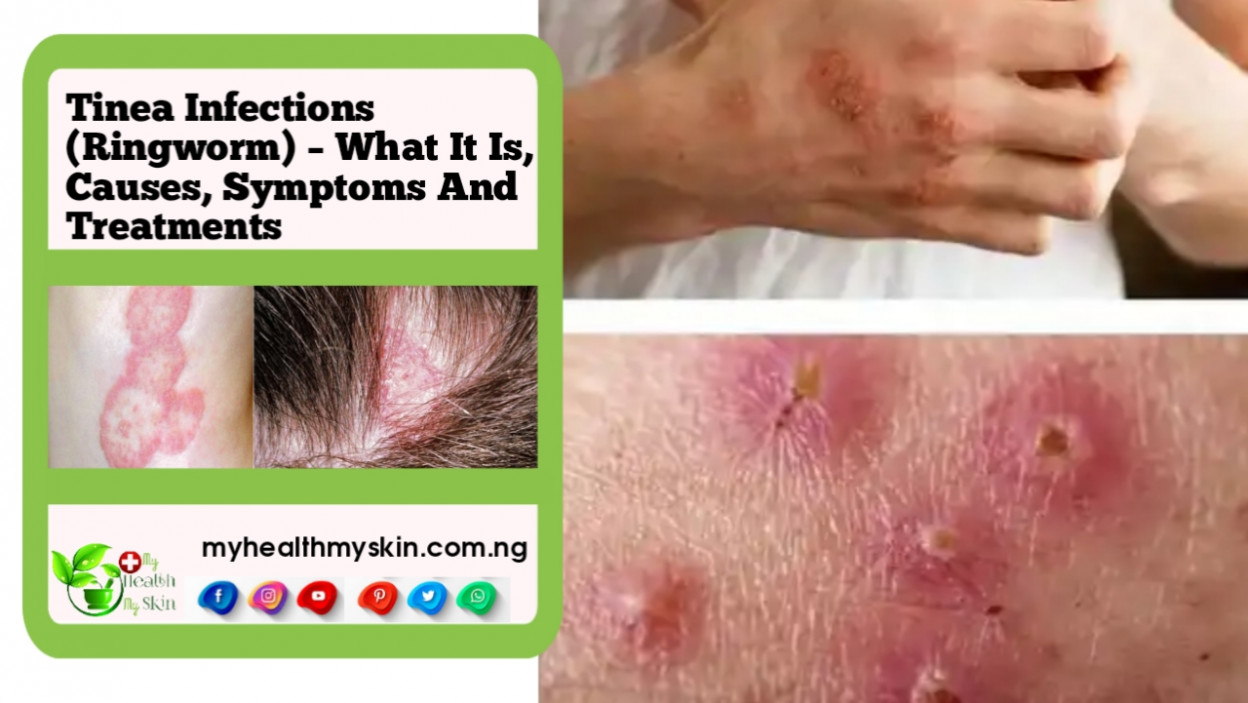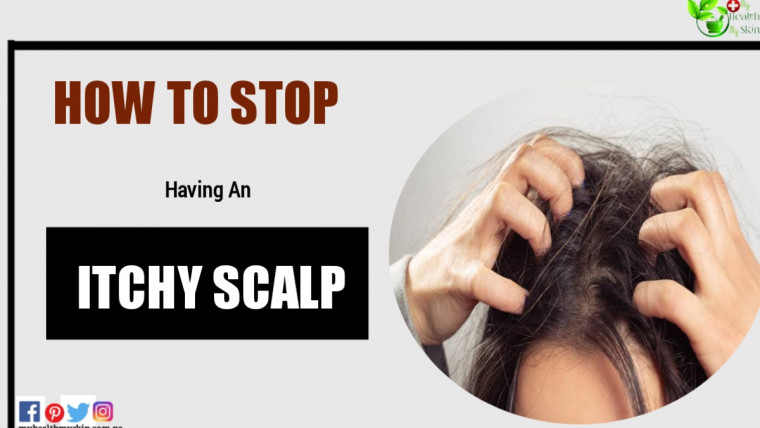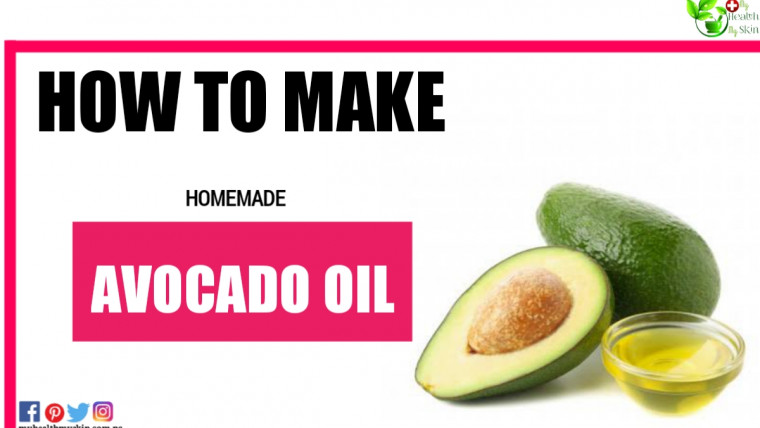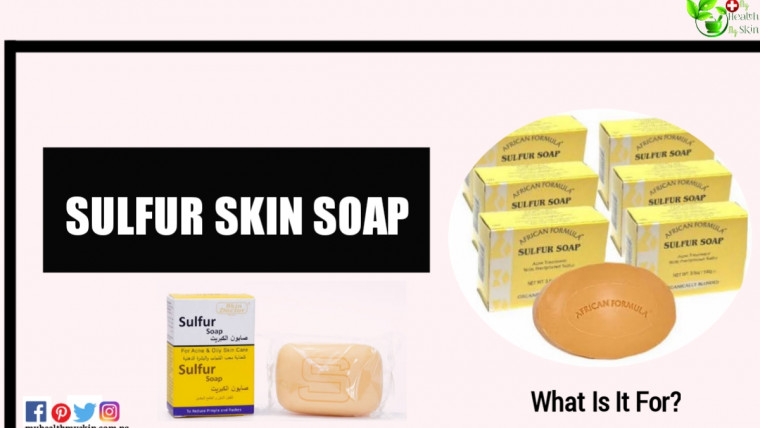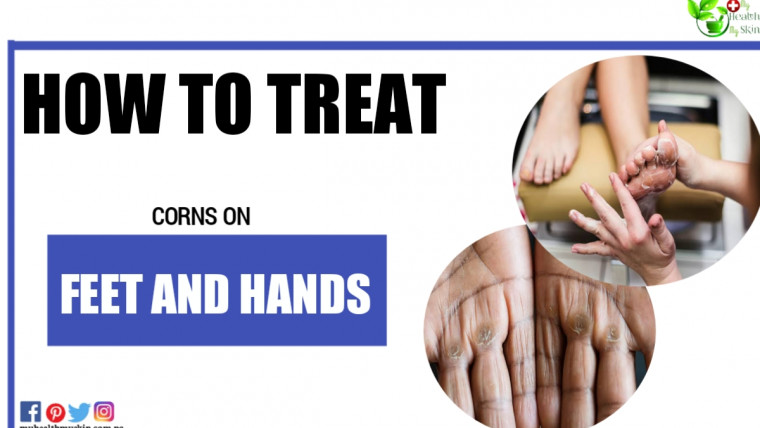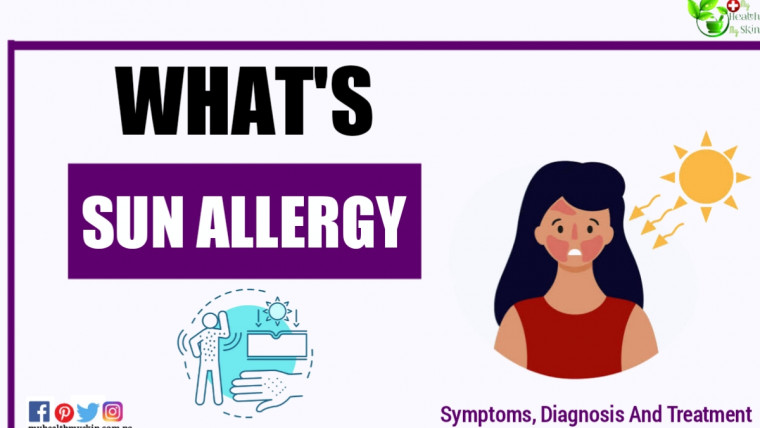Ever heard of Tinea Infections? Today’s article will talk about this disease that affects the skin, what causes it, its symptoms and how to treat it. Follow with us so you know all about it.
The Ministry of Health has a mini guide on the most common mycoses and how to prevent and treat them.
What Is Tinea Infections?
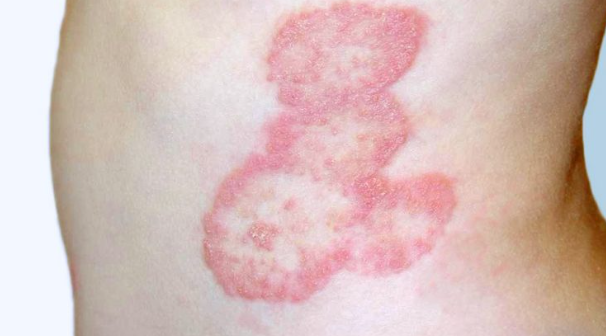
Tinea infection, popularly known as Ringworm is a fungal infection that affects the skin and leads to the formation of reddish lesions on the skin that can flake and itch over time.
However, depending on the fungus responsible for the impingement, there may also be changes in the scalp, and there may be hair loss and scaling at the site.
The fungi related to tinea are called dermatophytes, which are those that have a greater affinity for keratin, which is a protein present in the skin, hair and fur and, therefore, the symptoms are noticed in these regions.
There are more than 50 species of dermatophyte fungi, distributed among 9 genera.
In humans, the main genera that cause infection are Trichophyton, Microsporum and Epidermophyton.
Among the most common species in humans we can mention:
- Trichophyton rubrum.
- Trichophyton tonsurans.
- Trichophytons interdigitale.
- Trichophyton mentagrophytes.
- Microsporum canis.
- Epidermophyton floccosum.
The central feature of dermatophytes is to inhabit the most superficial layer of the skin, where they find their main food source: keratin, a protein abundant in nails, hair and skin.
Dermatophytes obtain the nutrients they need from the keratin found in the dead extracts of the epidermis.
Therefore, they do not need to invade the skin, although this can occur in some situations.
The inflammatory reaction that tinea infections causes, characterized by redness and intense itching, results from the reaction of skin cells to the enzymes released by the fungus during the process of metabolizing keratin.
Ringworm is more common in children and the elderly, but it can happen at any age due to lack of hygiene or excessive sweating, for example, especially in the groin, trunk, armpit and neck.
Causes Of Tinea Infections
Tinea infections happens due to the excessive growth of fungi that are naturally found in the skin, which are called dermatophytes, as mentioned above.
The growth of these fungi is favored when the place is very hot and humid, as in the case of the folds, mainly in the groin and neck.
How Does The Transmission Take Place?
Fungi are transmitted by direct contact with the skin. This contact can be when walking barefoot in humid and hot places, such as the floor of changing rooms when using towels or clothes from contaminated people by skin-to-skin contact as in the case of fighting sports, or by direct contact with the fur of infected animals.
Dermatophyte species are divided according to their primary habitat. Zoophilic dermatophytes live in mammals, anthropophilic dermatophytes live in humans, and geophilic dermatophytes live freely in the soil.
Zoophilic species, transmitted from animals to humans, are responsible for about 30% of human dermatophytosis and usually cause a more intense condition, with a lot of inflammation.
Anthropophilic species transmitted from human to human represent the majority of infections and, as they are already more adapted to humans they cause a more chronic condition with less inflammation but of long duration.
Types Of Dermatophytosis
Impinges can appear on any area of the skin or where there are hairs or nails. The main types of dermatophytosis are:
- Tinea corporis: and dermatophyte infection on skin surfaces other than the feet, groin, face, scalp, or beard.
- Tinea pedis: dermatophyte infection of the foot, also called chilblains or athlete’s foot.
- Tinea cruris: tinea infections in the groin.
- Tinea capitis: infection of the scalp hair by tinea.
- Tinea unguium: fungal infection of the nail, also called onychomycosis.
- Tinea barbae: infection of the beard hair.
Additional terms that may also be used to describe less common presentations are Tinea faciei (infection of the face) and Tinea manuum (infection of the hand).
Ringworms are typically superficial mycoses. Occasionally, dermatophyte infections penetrate the hair follicle and dermis, causing a deeper infection called a Majocchi granuloma.
Thus, the fungus manages to proliferate easily and lead to the formation of the characteristic spots of ringworm.
Consequently, this fungal change can be caused by having the skin wet for a long time and due to inadequate hygiene, for example.
What Are The Symptoms Of Tinea Infections (Ringworm)?
The specific symptoms depend on the region of the skin where the fungus is causing inflammation, whether nail, skin or fur.
In general, the affected site usually presents reddish, scaly, itchy lesions.
Very common are ring-shaped lesions, which expand from the center to the periphery.
The edges are usually reddish and the center lighter. On the scalp, these lesions can cause areas of hair loss.
The symptoms of tinea infections are related to the growth of the fungus on the skin or scalp, and can be noticed:
- Appearance of red patches on the skin that grow over time;
- Spots that don’t hurt, but itch and/or flake off;
- Round or oval spots that have well-defined edges;
- Hair loss.
As the fungi associated with a tinea infection can be easily transmitted from one person to another, it is important to take some precautions to avoid contagion, in addition to consulting with a dermatologist for the diagnosis and initiation of the most appropriate treatment which it usually involves the use of ointments or creams that contain antifungals.
As we mentioned, places on the body where there is more humidity and heat, such as folds and areas with hair, are usually the most affected, as this environment is more conducive to the proliferation of fungi.
How Does The Treatment Work?
The treatment of tinea is usually done with a topical antifungal. Some effective ointment or cream options include:
- Clotrimazole.
- Ketoconazole.
- Econazole.
- Miconazole.
- Oxiconazole.
- Terbinafine.
- Ciclopirox.
In tinea capitis, ketoconazole shampoo is usually a good option.
In patients who do not improve with topical treatment, antifungals can be given as tablets orally. The most used are:
- Terbinafine.
- Itraconazole.
- Fluconazole.
- Griseofulvin.
Onychomycosis does not usually respond to topical treatment, and oral terbinafine is the most indicated treatment.
Ointment For Tinea Infections
In addition to oral medications, doctors may prescribe ointments for tinea (ringworm) to soothe skin lesions.
According to dermatologist Tatiana Gabbi, the application of ointments is indicated in some cases.
In others, treatment needs to be done with the help of oral medication, alone or in combination with creams, lotions or ointments.
Is It Possible To Cure Tinea With Vinegar Or Lemon?
It’s not. No home remedy for tinea infections is recommended by experts. In 2018, a woman suffered a severe burn after using garlic in an attempt to cure an ringworm on her foot.
The case was reported by doctors at Oxford University Hospital in the United Kingdom in the journal BMJ Case Reports in early July.
Hoping to get rid of a persistent fungus on her left big toe, she applied raw garlic to the spot every day for four weeks.
According to doctors, the garlic affected the woman’s fingernail and caused a second-degree burn on her skin.
In addition, the treatment that was done to eliminate the fungus had no effect and despite all the pain faced, the condition remained.
The adverse effects of raw garlic on the skin are two fold. It can directly cause a chemical burn and, in sensitized individuals, provoke an allergic reaction, resulting in contact dermatitis.
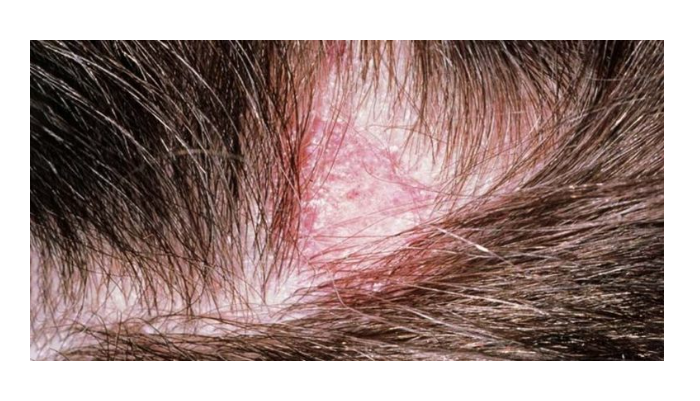
Factors that affect the severity of skin burns include the amount and freshness of garlic, duration of exposure, the presence of pre-existing skin conditions and skin sensitivity.”
After an immediate cleaning to remove the remaining chemicals from the garlic, the dead skin over the blisters was removed and the patient was instructed to avoid any other types of “topical herbal medicines”.
People have to be really aware of the fact that just because a product is botanical doesn’t mean it’s not an irritant or an allergen.
However, there’s a sort of false sense of security thinking. it’s botanical, it does not hurt, It may not be cancerous, but that doesn’t mean it won’t irritate the skin.
A member of the American Academy of Dermatology, Dr Adriana de Cerqueira Leite says that self-medication can lead to hepatitis, serious complications, extension of the lesion, hospitalization and other bacterial infections.
The guidance applies both to pharmaceutical medicines without a prescription and to treatments considered natural.
How to prevent Tinea Infections?
Summer is the hottest and wettest time of the year, providing perfect conditions for fungal growth on the skin. But that doesn’t stop impinge from appearing the rest of the year as well. So, check out some tips from dermatologists to prevent the disease.
1. Use Antiperspirants
Excessive sweat is a great ally of fungi. Therefore, the best thing to do is to control sweating, which tends to be more recurrent on hot days.
Therefore, always try to use antiperspirants. A face towel and paper towel can also be helpful to dry your armpits and other parts of your body thoroughly.
2. Avoid Hot And Humid Environments
Do you work in a very hot and humid place? Know that, in these cases, your office can put your health at risk, being a great facilitator of mycoses.
Open the windows so that the environment is more airy and less stuffy. If the walls are damp, check with your team for leaks or seepage and see how to prevent mold.
3. Do Not Walk Barefoot In Damp Places.
There are people who love to walk barefoot in the heat, right? However, walking without shoes in humid places can facilitate the appearance of ringworm.
The recommendation is to avoid being barefoot as much as possible in gyms, changing rooms, bathroom stalls and swimming pool areas.
4. Dry The Body Well
After bathing, whether in the shower, sea or pool, dry your body well. Preferably with a soft, clean towel.
Don’t forget the “folds”, such as behind the knees, armpits, between the toes, elbows. These parts are often not very dry and become ideal for fungi that cause ringworm.
5. Don’t Get Wet Clothes
Did you catch that rain? Or got out of the pool and decided to sunbathe? Change your wet clothes immediately. Staying with wet parts increases the risk of getting tinea infections.
If possible, always have an extra change of clothes with you. In the case of beaches and pools, carry another dry bathing suit in your bag.
6. Change Socks And Shoes
If you usually wear the same sock for days in a row, know that this practice favors the appearance of skin mycoses.
The tip is to change socks and shoes frequently to avoid ringworm, especially if they get wet (from water or sweat). When possible, keep your shoes in a cool place so they don’t grow mold.
7. Watch Out For Contact With Chemicals
If you work directly with water and chemical products (such as car washes and maids), remember to always wash the parts of the body that have come into contact with the substances and, above all, to dry them well.
With these tips it is possible to enjoy not only the summer, but the whole year – healthy and without skin mycoses.
Do You Know How To Identify Other Mycoses Besides Tinea Infections?
Some types of fungi live naturally in our body without causing any kind of symptoms. However, if they start to reproduce quickly, they can lead to the emergence of various diseases, such as ringworm.
You May Also Like:
- Angular Cheilitis (Perlèche) – Causes, Symptoms, Treatments And How To Avoid Them
- Does Funbact A Bleach or Lighten The Skin? Fact Check!
- The Best Soaps For Sensitive Skin – Our Top 10
- Tomato mask to remove Pimples and Skin blemishes
- Bump (Atheroma, Sebaceous Gland Cyst) On The Head – Causes, Symptoms, Consequences
In this situation, fungi feed on keratin present in the skin, nails and hair.
When they find favorable conditions, such as heat, humidity, low immunity or long-term use of systemic antibiotics, these fungi can proliferate, which requires treatment.
Main Types
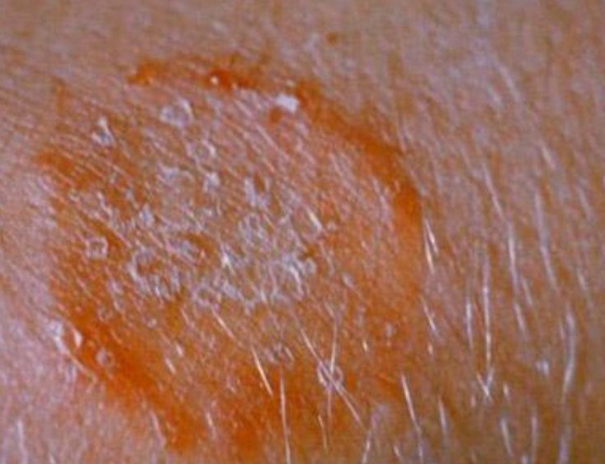
Development
As we have been seeing so far, tinea infection is a skin mycosis that can develop in any region of the body, being identified by causing sores that are usually reddish and with a slight scaling at the edge of the lesion.
It is also known as tinea corporis, tinea corporis and dermatophytosis. In addition, ringworm is commonly confused with allergies and other pathologies such as psoriasis and seborrhea.
Pityriasis Versicolor (Beach Ringworm)
Popularly known as “white cloth” or “beach ringworm”, pityriasis versicolor is a ringworm that causes small white patches that flake off. They can be grouped or isolated and usually appear on the upper arms, trunk, neck and face.
Its surface has a fine scaling, with a tonality ranging from white, pink or brown. In addition, the spots of this type of ringworm rarely itch.
Pityriasis versicolor is more common in adolescents and young people, and people with oily skin are more susceptible to having the disease, which can return to the body several times.
Onychomycosis (Nail Ringworm)
Onychomycosis is mycosis of the nail, both on the feet and on the hands. With the disease, the nail becomes thicker and detached from the skin, in addition to presenting changes in shape and color.
Normally, onychomycosis appears with small and clear spots, which spread and leave the nails fragile, painful and thick.
Risk Factors For The Types Of Mycoses
Some situations can favor the emergence of mycoses:
- have an autoimmune disease
- being in menopause
- sweat excessively
- Working in a hot and humid environment
- Walking barefoot in damp places, such as gyms, changing rooms, and showers
- Having poor blood circulation
- Having lesions or infections on the nails
- Taking antibiotics for a long time
In immunosuppressed patients, for example, the immune system is unable to fight off fungal infections adequately.
In addition, prolonged use of antibiotic remedies destroys helpful bacteria, allowing fungi to colonize the skin and mucosa.
In menopausal women, hormonal changes reduce the acidity of the vagina, making them more vulnerable to yeast infections.
Patients with autoimmune diseases (such as diabetes, hepatitis, psoriasis and multiple sclerosis) have a lower skin defense due to a weakened immune system, allowing fungi to reproduce more easily.
If you want to read more articles similar to tinea infections (ringworm) – what it is, causes, symptoms and treatments, we recommend you visit our Beauty & Skin Care category. Share on your social networks and stay tuned for upcoming articles.
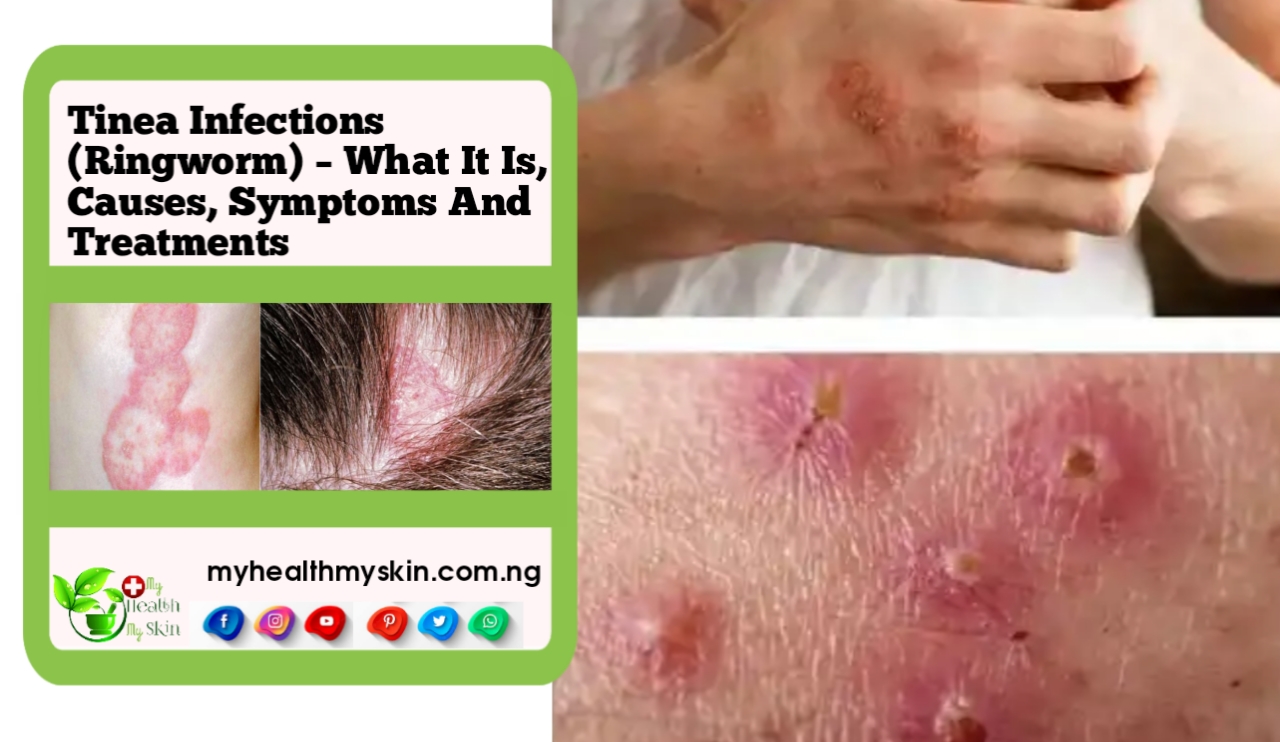
Have You Ever Had Tinea (Ringworm) In Any Part Of The Body? How Was The Treatment? Comment Below!

